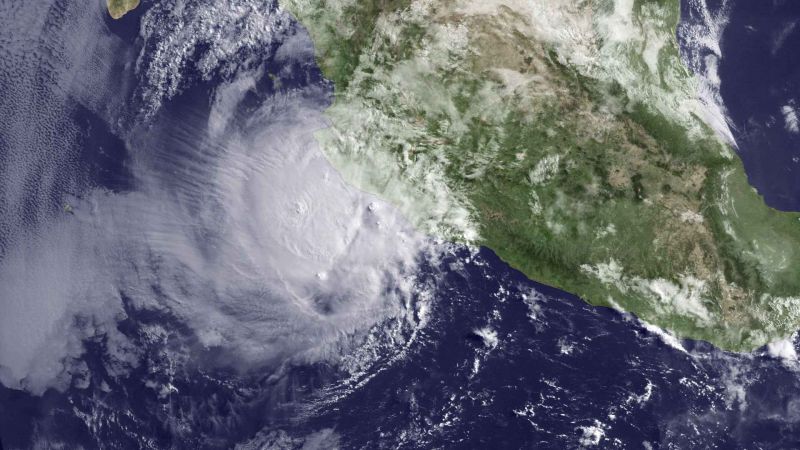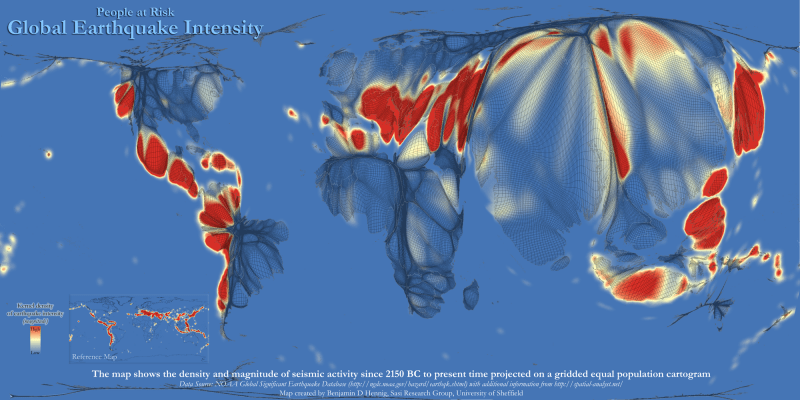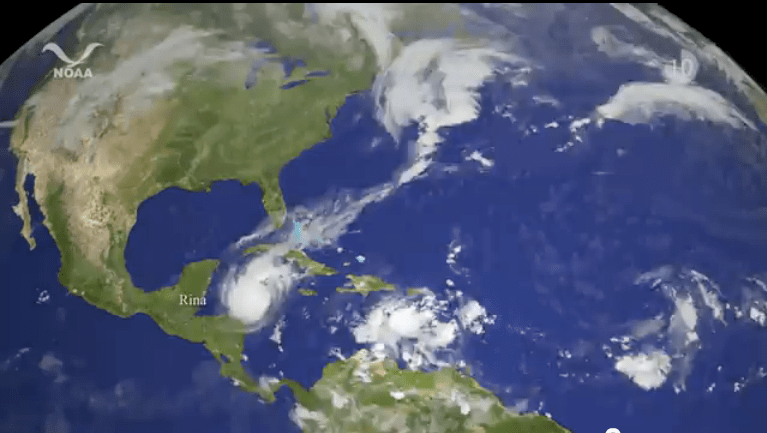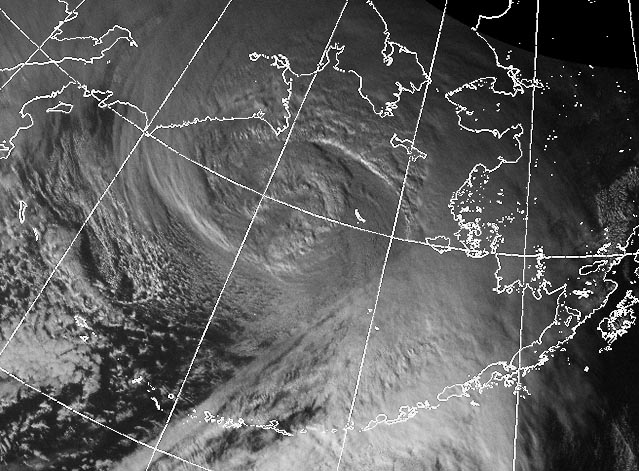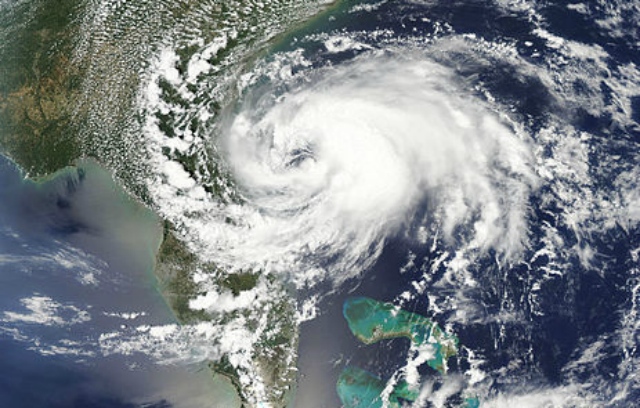 Tropical Storm Beryl, 27 May 2012: NASA
Tropical Storm Beryl, 27 May 2012: NASA
Tropical Storms Alberto and Beryl have been born, lived, and died well before today’s official start of the Atlantic hurricane season. Only twice before (1887 and 1908) since reliable record-keeping began in 1850 have two named storms form so early in the year. So why was this season an exception, and what might that bode for the upcoming season? According to Jeff Masters at Wunderblog:
Between the subtropical jet [stream] to the south and the polar jet to the north, a “hole” in the wind shear pattern formed during May off the Southeast US coast, and this is where both Alberto and Beryl were able to form. Their formation was aided by the fact ocean temperatures off the U.S. East coast are quite warm—about 1-2°C [1.8-3.6°F] above average. A wind shear “hole” is predicted to periodically open up during the next two weeks off the Southeast US coast, making that region the most likely area of formation for any first-half-of-June tropical storms.
Many Atlantic storms are fueled by sea surface temperatures (SSTs) in the Atlantic between Africa and Central America, between 10-20°N latitude. So far this year that region has seen SSTs only 0.35°C [0.7°F] above average in May—roughly the third coolest since the hurricane period got active again in 1995. This may mean a later start to the formation of storms in that region.
But there’s a hotspot in SSTs off the East Coast. Jeff Masters writes:
An interesting feature of this month’s SST departure from average image is the large area of record-warm ocean temperatures off the mid-Atlantic and New England coasts, from North Carolina to Massachusetts. Ocean temperatures are 3-5°C (5-9°F) above average in this region. This makes waters of much above-average warmth likely to be present during the peak part of hurricane season, increasing the chances for a strong hurricane to affect the mid-Atlantic and New England coast.
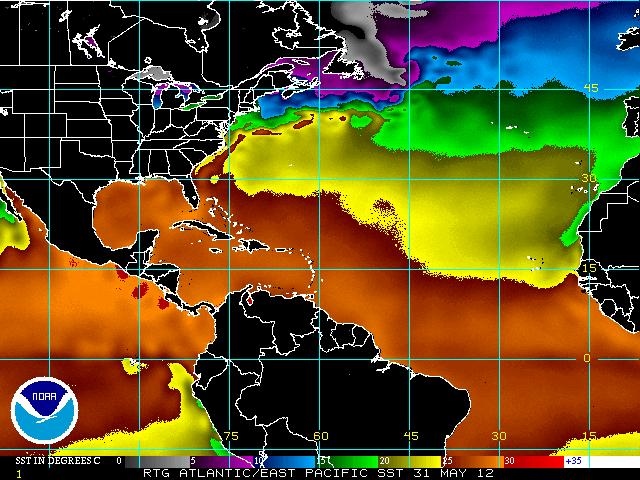 Sea surface temperatures on 1 June 2012, in degrees C: NOAA Here’s what various forecast models are predicting for the 2012 Atlantic season (you can read more about the differences in these models at Wunderblog):
Sea surface temperatures on 1 June 2012, in degrees C: NOAA Here’s what various forecast models are predicting for the 2012 Atlantic season (you can read more about the differences in these models at Wunderblog):
- Colorado State University’s Tropical Meteorology Project just revised their forecast upward to 13 named storms, 5 hurricanes, and 2 intense hurricanes, a slightly-below-average season.
- Florida State University’s Center for Ocean-Atmospheric Prediction Studies predicts 10 to 16 named storms and 5 to 9 hurricanes, with a mid-range forecast of 13 named storms and 7 hurricanes (they’ve been the most accurate forecasters in the past three years).
- Penn State forecasts a near-average hurricane season of 11 named storms, plus or minus 3.3 storms.
- The UK Met Office forecasts a slightly below-average hurricane season with 10 named storms.
- The British forecasting firm Tropical Storm Risk calls for 12.7 named storms, 5.7 hurricanes, and 2.7 intense hurricanes.
- NOAA predicts an average hurricane season of 12 named storms, 6 hurricanes, and 2 major hurricanes.
